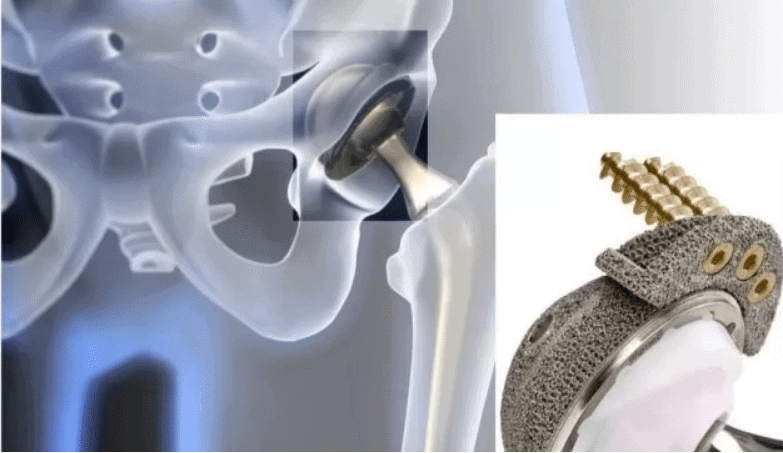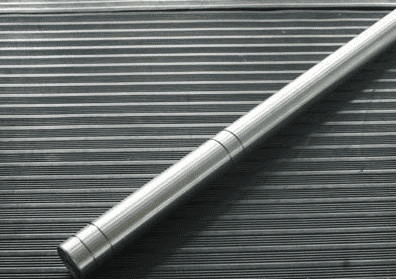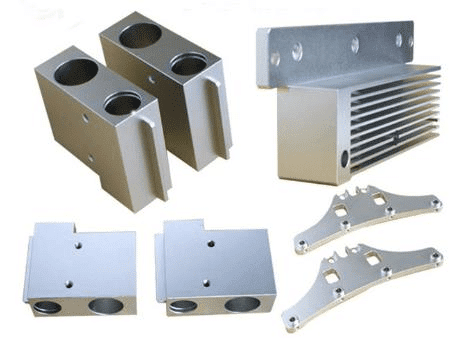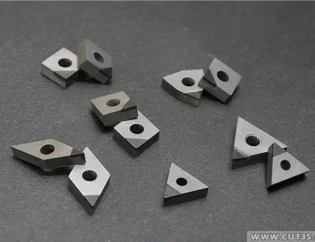The common situation of medical device parts processing is difficult to process materials, complex workpiece shapes and frequent small batch production, which puts forward high requirements for the cutting tools used to process professional medical devices. In the new wave of world economic integration, “Global general machinery, automobile, aerospace, energy, medical treatment, rail transit, mold and machine tools and other industries are inseparable from tool equipment.”

The medical device industry shows a dynamic growth trend, and the medical device manufacturers are also continuously looking for better turning centers and tools to enhance their competitive advantage, which has also become an important channel for the growth of the tool industry. The characteristics and difficulties of medical device parts processing are as follows:
1、 Requirements of medical device industry for professional precision tool processing
Difficult to machine materials, complex workpiece shapes and frequent small batch production put forward high requirements for cutting tools for processing professional medical devices. Such as transplant products and prosthetics, they play a very important role in successful surgery and can help surgeons achieve the best medical effect. The cutting tools for processing medical devices determine the quality of medical devices to a great extent.
Cutting tools are widely used in the manufacture of medical devices. They can process simple workpieces such as the shell of large equipment (such as computed tomography camera), while the production of transplanted products or workpieces used to repair cranial bones or treat fractures is more challenging.
a. Precision – the most basic requirement
Tolerances in the micron range are common in the medical industry, and selecting the right tool requires keen insight and rich experience. On the one hand, even if drilling small holes, lubricants need to be used to reduce friction, reliably dissipate heat and deal with fine iron filings at the blade; On the other hand, when producing cutting-edge medical devices (without burrs), sharp and smooth cutting tools need to be used to obtain high-quality surfaces. The commonly used cutting tools are high-speed steel bit or integral cemented carbide bit.
b. Milling and drilling – dental restoration
As a standard, the diameter range of protostar series integral cemented carbide tools of Walter prototyp product of Walter group is 0.3 ~ 20mm. Pratt manufacturing plant is located in Germany and is a well-known supplier in the medical industry. Its tap and thread milling cutter are mainly used to process titanium alloys, such as bone screws or hip joints. The thread milling cutter with a diameter of 1.6mm can also be used to produce dental restoration products.
c. Customize the composite tool scheme to save time and money
Like companies engaged in other industries, companies engaged in the medical industry are also facing increasing cost pressure. If a company wants to stand on the international stage of fierce competition, it must produce high-quality products at low cost. For transplanted products (generally made of high alloy steel, titanium or titanium alloy), special materials and complex workpiece geometry pose a great challenge to the accuracy of products.
For some processing, three standard tools may be required in the past, but now only one composite tool is required to replace the previous three processes with one process, thus saving time and cost.

2、 Analysis of difficulties in processing medical device products
a. Difficult to machine titanium alloy material
90% of the implanted components of medical devices are made of ti6al-4v titanium alloy, which comes from light weight, high strength and high biocompatibility. Titanium alloy 6Al-4V has become the most commonly used material for medical implant devices. Titanium alloy 6Al-4V is usually used in the manufacture of hip joint, bone screw, knee joint, bone plate, implant tooth and spinal connecting element. Titanium alloy has the characteristics of work hardening. In the machining process, the shear angle is large, the chip produced is thin, and a relatively small contact area is formed on the tool. In addition, the high cutting force in the machining process, combined with the friction during chip flow, will comprehensively lead to excessive local cutting heat of the tool. The thermal conductivity of titanium alloy is poor, so that the cutting heat can not be transmitted quickly. Therefore, a large amount of cutting heat is concentrated on the cutting edge and tool surface. High cutting force and cutting heat will comprehensively cause crescent depression and rapid tool failure.
The relatively low elastic modulus makes the elasticity of titanium alloy better than that of steel. Therefore, excessive cutting force should be avoided to ensure small rebound of the workpiece. Thin walled parts tend to deform under tool pressure, resulting in vibration, friction and even tolerance problems. The key to solve the problem is to ensure the rigidity of the whole system. It is very necessary to use sharp cutting edges and correct geometric tools. In addition, titanium alloy has the trend of chemical reaction alloying with cutting tools at high temperature, and its chips have the trend of welding to the tool surface.
b. Reliable and compact machine tool fixture
Medical device processing equipment needs to be able to process small and complex parts made of difficult to process materials (such as titanium alloy or stainless steel) with high precision requirements, such as the replacement parts of bones and joints. Due to the poor cutting performance of the processed material, the blank is usually bar material – which means that a large amount of metal needs to be removed. Therefore, some parts are cast into the shape close to the finished product, but this also increases the trouble – the need to manufacture complex and expensive fixtures. Another factor that increases machining complexity is the narrow tolerance range.
Medical device parts have high requirements for workpiece materials, machining accuracy and surface finish, which requires high reliability of the machining system. Thus, it puts forward high requirements for machine tools, fixtures, tools, CAM software and so on. Workpieces are usually processed on advanced medical device processing equipment such as Swiss automatic lathe, multi spindle machine tool and rotary worktable. Most of these machine tools are characterized by very small size and compact structure.
The characteristics and requirements of medical device parts processing undoubtedly promote the development of processing technology and solutions, so as to improve the competitiveness and production efficiency of small and medium-sized enterprises in processing medical devices.
c. Stable and efficient cutting tools
Generally speaking, the medical device industry is different from other machining industries in three aspects:
First, the requirements for machine tools are relatively high. Advanced medical device processing equipment such as Swiss automatic lathe, multi spindle machine tool and rotary worktable are completely different from the usual processing centers and lathes. Their size is very small and their structure is very compact. To meet such requirements, the structure of the tool also needs special design, the size of the tool should be very small, and the rigidity of the tool should be ensured at the same time.
Second, it requires high processing efficiency. For medical devices, the most important thing is the processing efficiency, that is, the processing beat. It is required to replace the blade in the shortest time. Here we need to introduce the concept of quick change cutter head, which has a good guarantee for the processing beat. In addition, the service life of the tool should be as stable and as long as possible. High quality cutting tools shall be used as far as possible, with the overall coordination of coating, cutting edge, chip breaking groove and tool structure. In this way, the machine tool can run 24 hours, compete with other competitors in the market with very high production efficiency, and obtain competitive advantage.
Third, from the workpiece itself, it is very different from other mechanical parts. Medical devices implanted into the human body first require very good surface finish, high precision and no deviation, which requires the tool to meet high processing requirements from the design of blade structure to the design of blade coating. In addition, it also includes the repeated positioning accuracy of the blade, which can not ignore the requirements of high quality while ensuring the improvement of efficiency.

3.Complete solution
China Zhuzhou meetyou cemented carbide Co., Ltd. is a company specializing in the production of medical device accessories and cutting tools. It has advanced processing centers, CNC milling machines, precision automatic lathes, turning milling compound walking machines, punch presses, grinders and other supporting production equipment, and the corresponding testing supporting facilities are complete.
Meetyou cutting tools has been committed to the R & D and improvement of cutting tools for medical device processing, and strive to provide better solutions for manufacturers in the medical device industry. Taking the processing of bone and joint parts as an example, meetyou tool has successfully developed cemented carbide tools for targeted processing of cobalt chromium molybdenum CoCrMo alloy and cemented carbide tools for targeted processing of polyethylene materials. It has been successfully applied to the processing of relevant materials in the medical field, overcome some processing technical problems of difficult materials, and achieved cost reduction without efficiency reduction.









